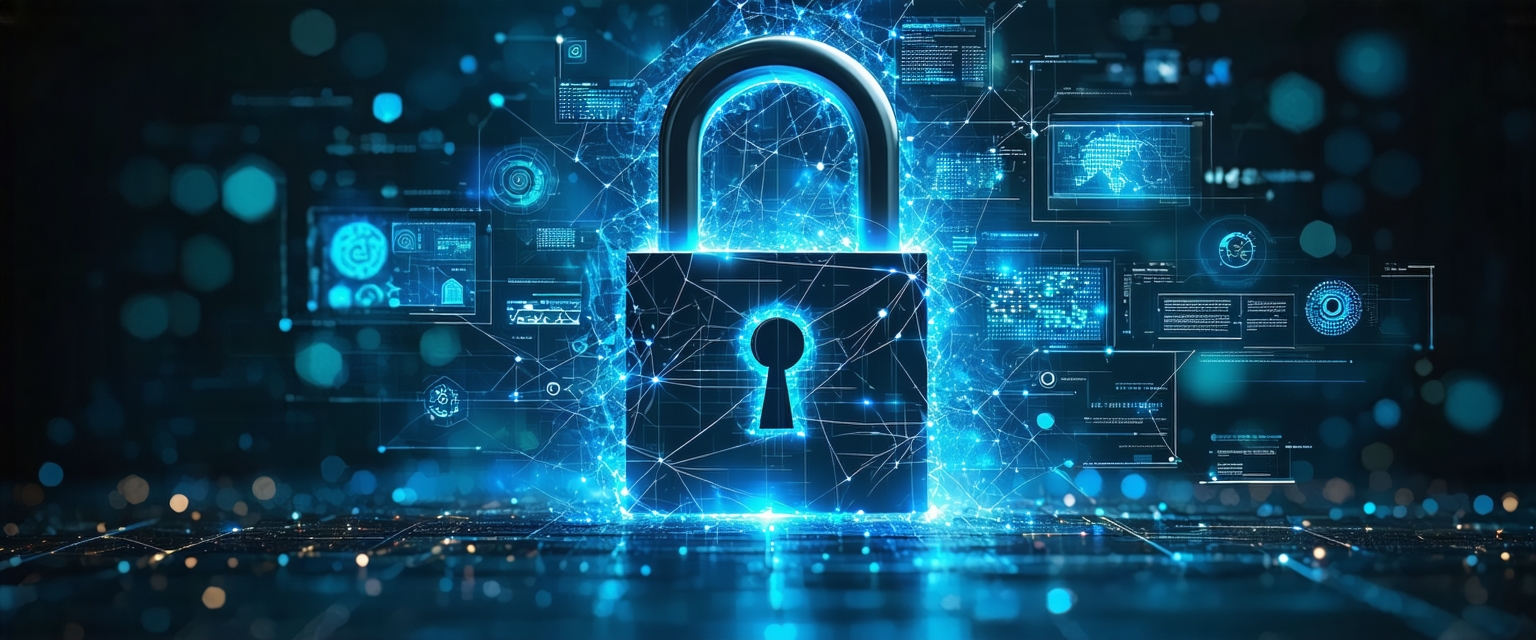






The digital revolution has irrevocably transformed how we live, work, and interact. This increased reliance on interconnected systems has, however, created a fertile ground for cyber threats, escalating the importance of robust cybersecurity measures. The evolution of cyberattacks is a constant arms race, with malicious actors developing increasingly sophisticated techniques, demanding a proactive and adaptive response from individuals and organizations alike.
The early days of cybersecurity focused primarily on protecting networks from external threats. However, the rise of cloud computing, the Internet of Things (IoT), and the proliferation of mobile devices have dramatically expanded the attack surface. This shift necessitates a more holistic approach to security, encompassing not just networks but also data, applications, and endpoints.
Furthermore, the increasing interconnectedness of critical infrastructure, from power grids to financial systems, underscores the potentially devastating consequences of successful cyberattacks. This interconnectedness creates cascading effects where one breach can trigger widespread disruption.
Recent years have witnessed a surge in sophisticated ransomware attacks, supply chain compromises, and state-sponsored cyber espionage. Ransomware attacks are becoming increasingly targeted and disruptive, demanding higher ransoms and employing more advanced encryption techniques.
The exploitation of vulnerabilities in software supply chains has also emerged as a major concern, with attackers compromising software updates to gain access to numerous downstream organizations. This highlights the importance of robust supply chain security practices.
According to a recent report by Cybersecurity Ventures, global cybercrime costs are projected to reach $10.5 trillion annually by 2025. (Source: Cybersecurity Ventures). This underscores the growing economic impact of cyber threats and the urgent need for effective mitigation strategies.
Bruce Schneier, a renowned cryptographer and security expert, emphasizes the need for a multi-layered approach to security, including strong authentication, data encryption, and regular security audits. (Source: Various publications by Bruce Schneier)
The future of cybersecurity will likely be shaped by the continued evolution of AI and machine learning in both offensive and defensive capabilities. AI-powered attacks will become more sophisticated and adaptive, necessitating the development of advanced AI-based defense mechanisms.
Despite the risks, there are opportunities for innovation in areas like threat intelligence sharing, automated security solutions, and improved cybersecurity education and training. A strong emphasis on proactive security measures, rather than solely reactive responses, is crucial.
“`